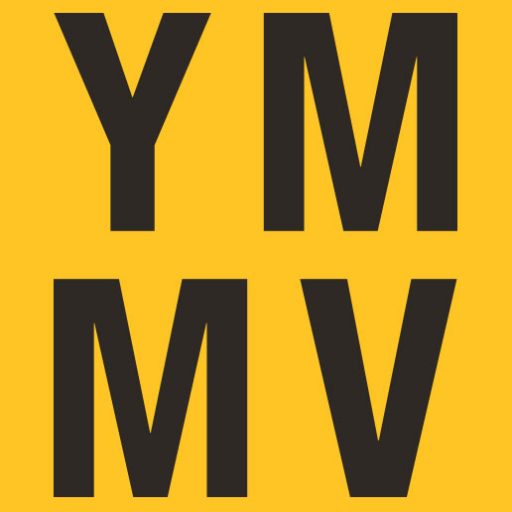Until March, our plans for Japan at the end of the year were right on track. I had airline tickets, some hotel reservations and a solid itinerary. I started to do some of the secondary research that goes along with a big trip like this one was supposed to be.
One of the biggest hassles on our previous trips to Japan was figuring out how to get local currency. For our trips to other countries, we have no issues about going to an ATM and taking out money for places that don’t accept credit cards. Japan presents some unique obstacles to tourists when it comes to keeping cash on hand.
Firstly, Japan still is a cash country. With the exception of the major industries (hotels, trains, convenience stores), independent businesses prefer to (or only) deal in cash. When visiting the restaurant on the side street that only has one menu in English or the vending machine where you need to get a token to pay for your food, you need to pay cash.
That means if you’re staying for a while in Japan, you’ll need to get money from an ATM multiple times. The problem is that not many Japanese ATM’s accept debit cards from the U.S. The post office ATMs will work, along with most (but not all) of the ATMs at Lawson or 7-11 stores. What if you’re staying at the ryokan that’s a 45-minute shuttle ride from the hotel, you need to get a local bus to a themepark and you don’t have any cash? The ryokan ATM doesn’t accept U.S. cards. Neither does the ATM at the themepark. Welcome to another embarrassing travel mistake.
We eventually learned to take out more cash than we thought we’d need each time we’d find an ATM that worked. It felt strange to take out ¥40,000 but since crime is relatively low in Japan it’s not unusual for people to walk around with cash. Just make sure to be smart about not making yourself a target.
That’s why I was thrilled to find out that the Japanese government is trying to get more mom and pop establishments to accept cashless payments. The country was at about 20% cashless transactions while the U.S. is around 30% and other Asia countries are even higher. Through a tax break, the government is trying to get smaller locations to invest in the technology needed to accept cashless payments.
The program, that ended in June 2020, seemed to have worked.
There are now over 1 million stores across the country accepting newer cashless methods such as virtual commuter passes and QR codes. What’s more, according to research by the Mainichi Shimbun, it’s estimated that over half of people in Japan under the age of 50 are now using some form of cashless payment in their lives! Looking ahead, the Japanese government hopes to see cashless payments account for 40% of the payments by 2025, and it’s hoped that this number will rise to 80% in the near future.
While most of the payments are with credit cards, which is fine with me, other cashless payments like Apple Pay and Google Pay are also accepted. While most vendors will only accept Japanese cards through the mobile devices, here’s an article that shows how you can link the widely accepted Suica card to your mobile wallet and load your account with your linked U.S. cards or how to use any of the many other mobile payment options available.
For us, more places that accept credit cards or mobile wallet payments will mean we’ll not have to carry as much cash around Japan as we did before and no more trips wandering around to find an ATM that will accept our US issued card.
Like this post? Please share it! We have plenty more just like it and would love it if you decided to hang around and get emailed notifications of when we post. Or maybe you’d like to join our Facebook group – we have 14,000+ members and we talk and ask questions about travel (including Disney parks), creative ways to earn frequent flyer miles and hotel points, how to save money on or for your trips, get access to travel articles you may not see otherwise, etc. Whether you’ve read our posts before or this is the first time you’re stopping by, we’re really glad you’re here and hope you come back to visit again!
This post first appeared on Your Mileage May Vary
Join our mailing list to receive the latest news and updates from our team.

